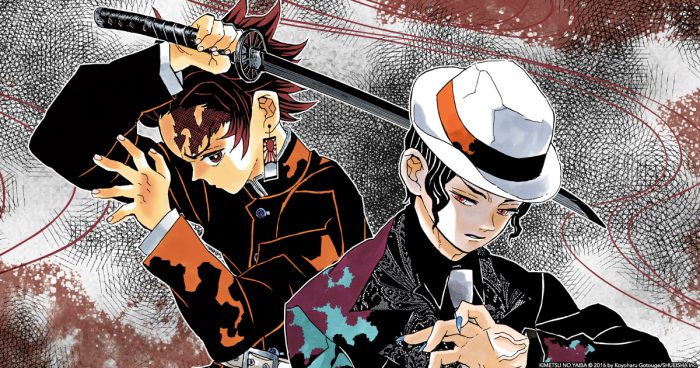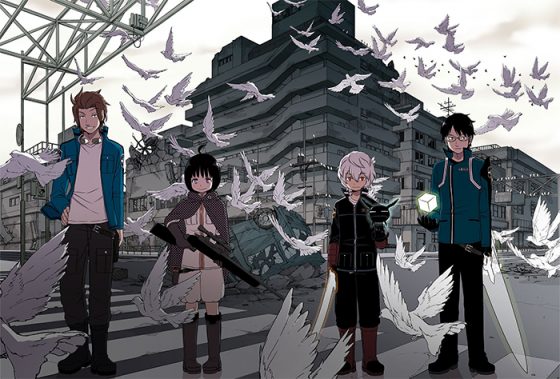
There’s an old viral tweet in the anime community that says something to the effect of “anime either has 12 episodes, 25 episodes and a movie, 52 episodes or 500 000 000 episodes, 7 movies, and a live-action adaptation.
It’s a funny joke, but it’s not that far off from the truth. Anybody who’s spent a reasonable amount of time keeping up with anime has had a show they wanted to see more of, a show that was only concluded in a different medium and a show whose impenetrable size makes the idea of watching it seem daunting.
With most anime being incomplete adaptations of manga and light novels, it’s safe to say we’ve all got favorites we want to see continue, but there are so many methods a series can use to surpass the industry’s 12-episode standard. So we’re here to look at all the ways most current anime stay in production, their strengths, their weaknesses and what the best way to keep an anime going might be.
2 Cour Airing
The most common ways anime extend their lifecycle is through an unbroken schedule running from the start of their premier season to the end of the following one. A lot of the most popular series this year practice this, including Kimetsu no Yaiba, The Rising of Shield Hero and Carole & Tuesday.
The first thing to stand out about this is the fact that a 24-26 episode run still sounds rigid and restrictive, but it at least leaves a lot more room for storytelling than he regular twelve. In fact, there are quite a few manga that have received complete adaptations in only 2 cours, like Chobits, Bakuman, and Planetes. It’s still not going to be a satisfying length to adapt longer running material, but a 2 cour run has been proven to give numerous stories the proper time they need to tell their stories.
Continuous Airing
It’s the format most anime we grew up loving used and probably the one we despise the most as adults. Unbroken week-to-week airing sounds like a great way to adapt the many manga out there with hundreds of chapters on paper, letting fans come back to their favorite characters week after week without having to wait.
Problems start to reveal themselves, though, when you remember that the manga these anime are adapted from release at a rate of one chapter a week at most, and these chapters don't have nearly enough material for a single episode. Give the industry points for ingenuity, they at least came up with a plethora of different ways to work around this scheduling limitation. Too bad they all suck.
The one you're probably all thinking of is filler, the dreaded scourge of anime that derails the plot into transparently superfluous story arcs that lack all the writing qualities of the adapted script and will not affect the rest of the story in any way because it's not in the source material. Filler stories have killed the experience of many a series for many a viewer, but just as bad are the endlessly long still shots that have obliterated the pacing of beloved stories like One Piece and World Trigger. At least things in filler stories actually—you know—happened. The ideal way to draw out these sorts of shows is to expand on key events in the story, like Yu Yu Hakusho, which used dynamic choreography and fluid animation to extend its many action sequences in satisfying ways. This is the strategy you’ll see the least, sadly. It makes a show exponentially easier on the eyes than the other two, but not so much on the budget.
Speaking of budget, there’s a reason we’ve only been talking about adapted anime in
this section, and that’s because a continuous airing schedule is murder on studio
finances. Good luck getting the lofty financial backing needed to support this kind of
production without the safety net of popular source material.
Sequel Movie
This one pretty much explains itself. Network refuse your renewal plea? Don’t want to
restrain your anime with the necessarily low visual standards of broadcast animation?
Dump the budget for those new episodes into a feature film.
Audiences tend to receive this strategy warmly for the opportunity to see their favorite
characters better animated than ever before, but the fact that anime movies tend to
have a shorter runtime than half of a standard 12 episode season means there’ll be a lot
less of said characters to see.
Seasonal Schedule
This format used to be a rare sight in anime, but has enjoyed a recent spike in
popularity as it has allowed shows like Boku no Hero Academia and Shingeki no
Kyoujin to air at the reasonable frequency of roughly once a year and giving the
production team the time to stay organized, a quality that is often reflected in the final
product’s presentation.
It’s a boon to anime show’s production in the right hands, but it can kill it in the wrong
ones. If for whatever reason the studio can’t get its ducks in a row in time for the second
season key staff members can get tied up by other projects, sponsors can pull out and
the time and resources needed to make the new episodes as polished as previous ones
will be nowhere to be found. Those who have seen season 2 of One Punch Man will
know exactly what a show like that can look like, but delaying a second season
indefinitely until all the cards line up can also kill the hype behind a show, like
DanMachi.
The issues that can spring up in-between seasons are too many to simply ignore. But
when creators can keep those problems at bay, a seasonal airing schedule can keep a
show running with a consistent polish that makes it an arguable contender for the best
way to keep an anime going.
Final Thoughts

To err is human, but the best thing to air is always anime. Be sure to leave a comment
letting us know the way you prefer to see your favorite anime continue and stick
around for more on all the best second cours, new episodes, movies, and seasons
anime has to offer.

